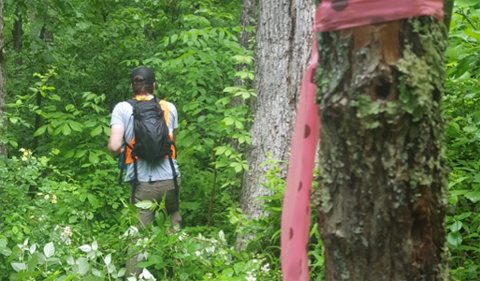
Nathan Jedlinsky following the proposed mountain bike trail flags in the Wayne. Photo by Abbey Didier
By Abbey Didier
Wildlife Biology and Conservation Major interning at the Wayne National Forest
We have all been hiking before, of course, but it’s usually on marked trails where we just follow the dirt path and can be confident it continues on a marked route. Working in the Wayne National Forest requires a little more…sense of direction and patience.
This summer, four Biological Sciences students—three Wildlife Biology and Conservation students as well as an Environmental Biology student—were chosen to conduct surveys on Wayne through a partnership with Ohio University. Tyler Stewart and Nicole Drake are examining a proposed burn area, while Nathan Jedinsky and myself are surveying an anticipated mountain bike trail. These trails were marked in levels of advanced, intermediate, and beginner by the Athens Bicycle Club collaborating with Wayne. As this is an ongoing project from last summer, we plan to finish the 57 miles of flagged trail that remain.
Approaching my senior year, I am very excited to have this internship opportunity with the U.S. Forest Service and broaden my field skills. It brings hiking, species identification, and mapping all into one job.
To follow the proposed trails, we have uploaded a GIS (geographic information system) map consisting of property boundaries, bike trail paths, and topography onto an app called Avenza. It uses our GPS location and shows us where the flags are, so we can attempt to keep our sense of direction. The app also allows us to pin locations where we find animals or habitats that may be affected by a bike path running through them, like bark peeling off dead trees for bat roosts or vernal pools that are a critical breeding environment for some species.
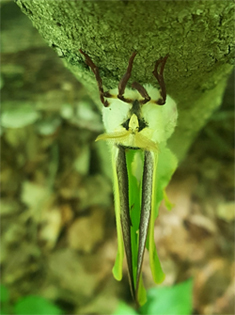 With being out in the field for only a few weeks, we have found a lot of species and had many more questions. Pictured above is a Luna moth.
With being out in the field for only a few weeks, we have found a lot of species and had many more questions. Pictured above is a Luna moth.
They are common, but rare to see in the daytime considering that they are nocturnal species. Mating actually occurs in the hours following midnight after a male has found its mate by sensing the pheromones she releases.
Because the Luna moth only lives about a week to reproduce, it doesn’t have a mouth or digestive system, and therefore doesn’t eat.
A neat wildflower we have stumbled across only twice is named Jack in the pulpit, also called Indian turnip and it loves the shade and growing in wet soils It’s a perineal that keeps coming back for 25 years and longer.
In the summer, they develop bright red berries that ripen in the fall, which are a great food source for birds, turtles, and rodents.
Between both our groups, we have found several of these cute little guys. They are called Red-spotted newts, and this one is in a post-larval or red eft stage of development where it maintains a terrestrial life.
They tend to stay on land anywhere from one to seven years then return to a shallow pond where they undergo a metamorphosis into an aquatic adult. In this second stage, they have variations of an olive-green color with black spots and a yellow underside. This species is distributed throughout the Eastern United States and all the way out to Texas and Minnesota, but not every population has the red eft stage. There are spots along the Atlantic coast where they will keep their gills and permanently live in ponds for their entire lifespan.
Although being attacked by spider webs to the face and trekking our way through greenbrier isn’t the most pleasurable, we have found numerous amphibians and reptiles, but also a plethora of insects and unique fungi! During the next ten weeks of our internship, we plan to share more wildlife finds and update our progress! Stay tuned.


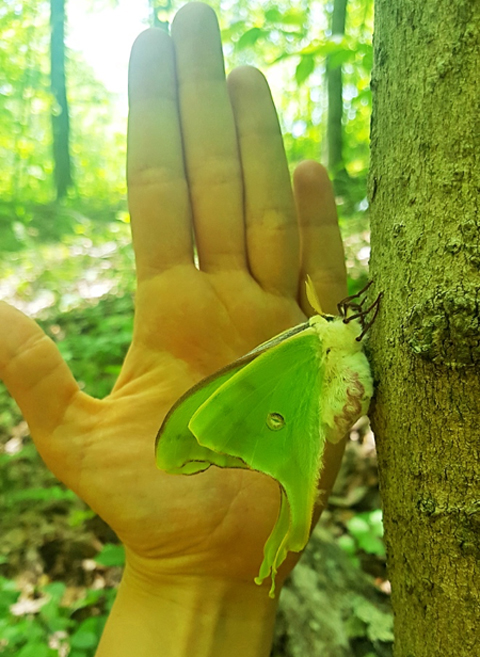
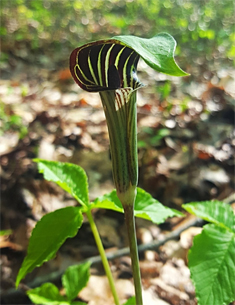
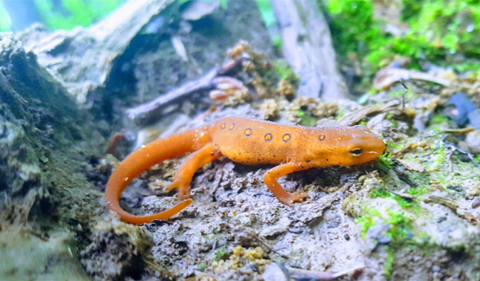
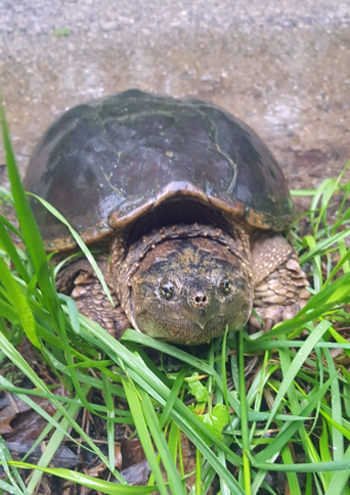
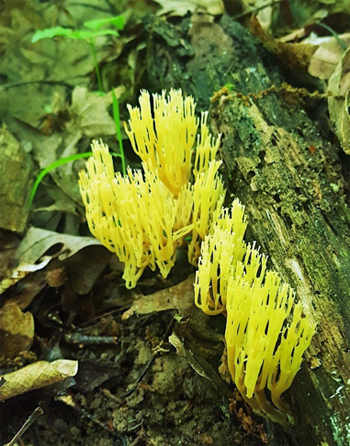
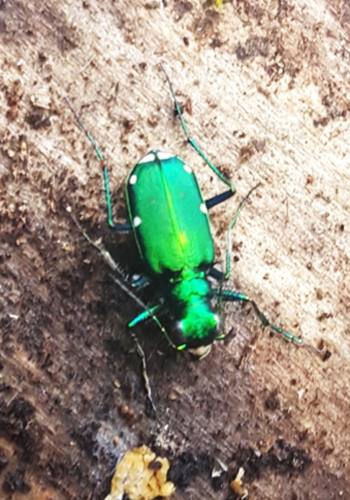

















Comments